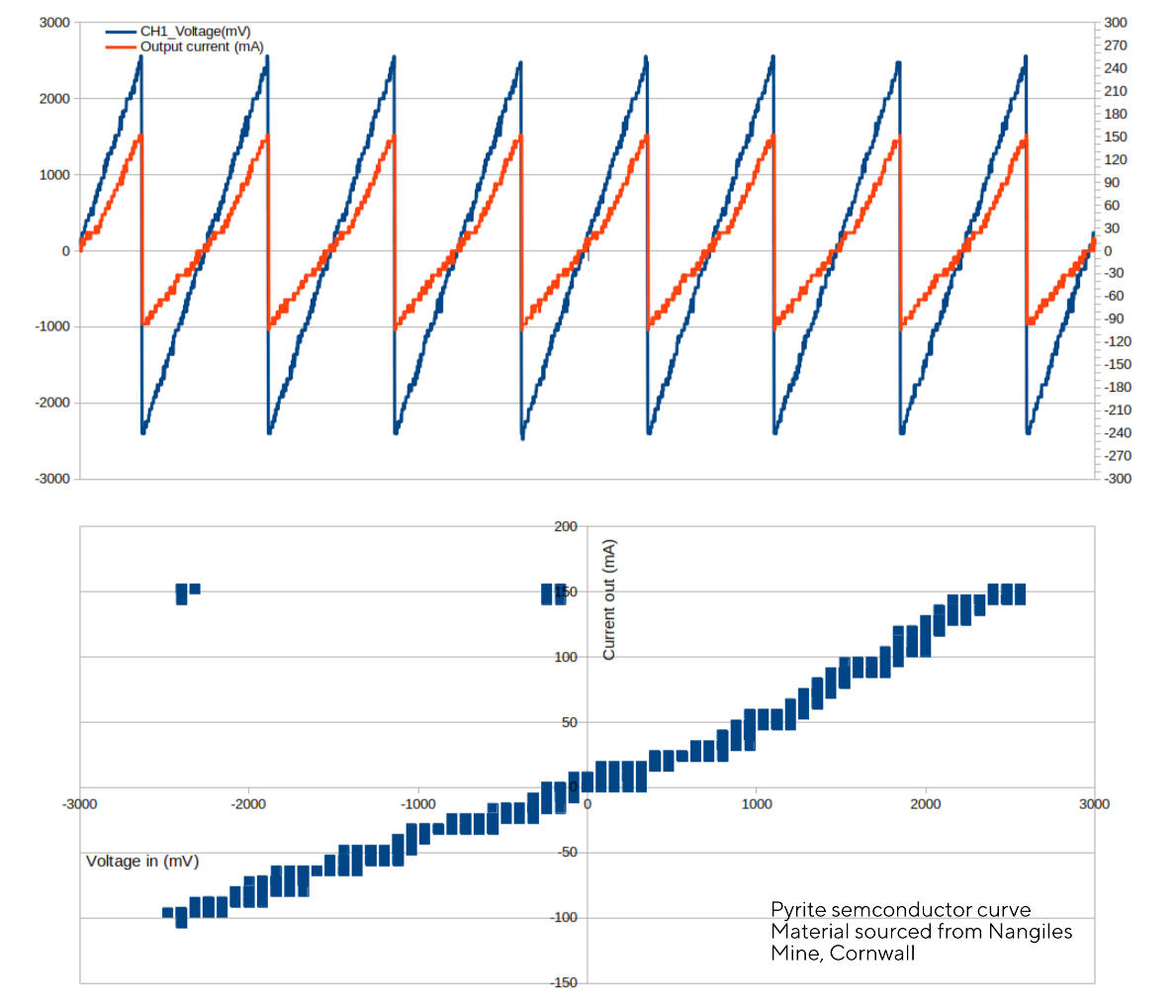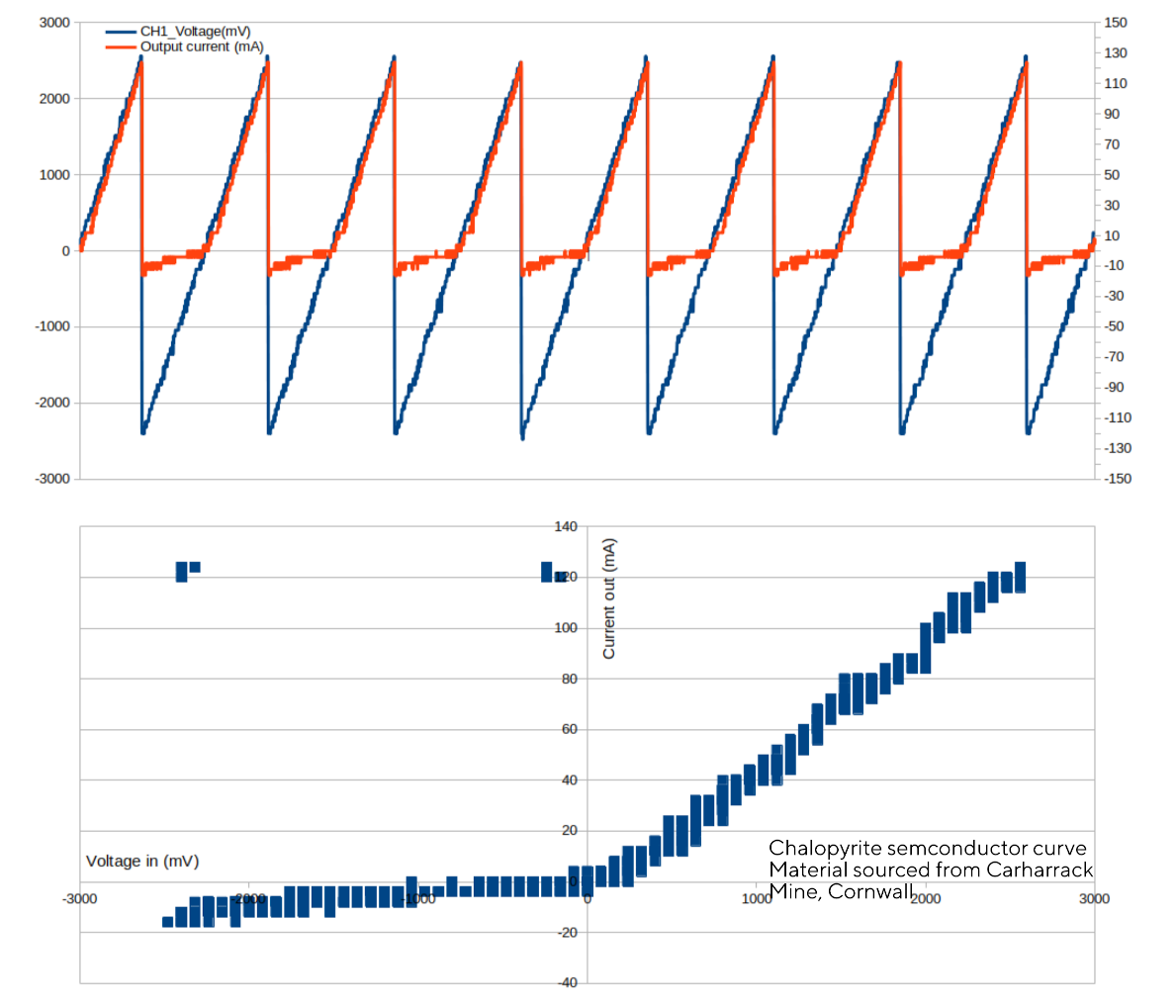1
General Technical Chat / Re: Open source VNA calibration, conversion, touchstone read-write from python or C!
« Last post by scott_guthridge on Today at 06:16:53 pm »Follow-up --
Release 0.1.4 adds delay parameters to all the Solver.add_*() and the Calibration.apply() methods. These are one-way delays with positive values indicating the device is farther away from the VNA than the reference plane and negative values indicating closer to the VNA than the reference plane. For consistency with frequency being in Hz, the delays are in seconds, so don't forget the e-12 exponent for picoseconds.
Release 0.1.4 adds delay parameters to all the Solver.add_*() and the Calibration.apply() methods. These are one-way delays with positive values indicating the device is farther away from the VNA than the reference plane and negative values indicating closer to the VNA than the reference plane. For consistency with frequency being in Hz, the delays are in seconds, so don't forget the e-12 exponent for picoseconds.




 Recent Posts
Recent Posts


